Metamorphoses: book launch celebration at The Mind Buffet
Tue, June 15, 2021 from 4:30-6pm
all photos by Kate Joyce unless otherwise noted
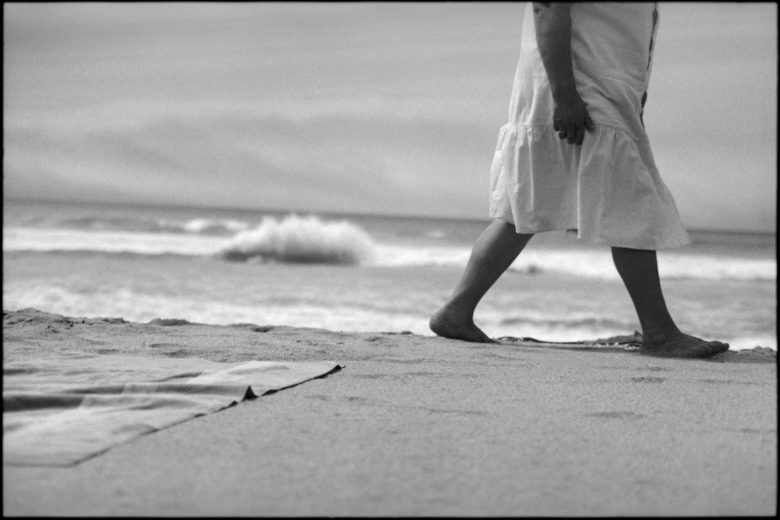
Photography and western classical mythology merge in a new book that is a collaboration between photographer Kate Joyce and history professor Andrew Berns. The authors will hold a book launch celebration and signing at The Mind Buffet in Winthrop on Tue, June 15, from 4:30-6pm. The public is invited to attend this free event.
Metamorphoses, which is available at The Mind Buffet, contains more than 250 black & white photographs taken by Joyce in Chile organized by 29 myths from Ovid’s 1st century epic poem “Metamorphoses,” translated from Latin by Berns.
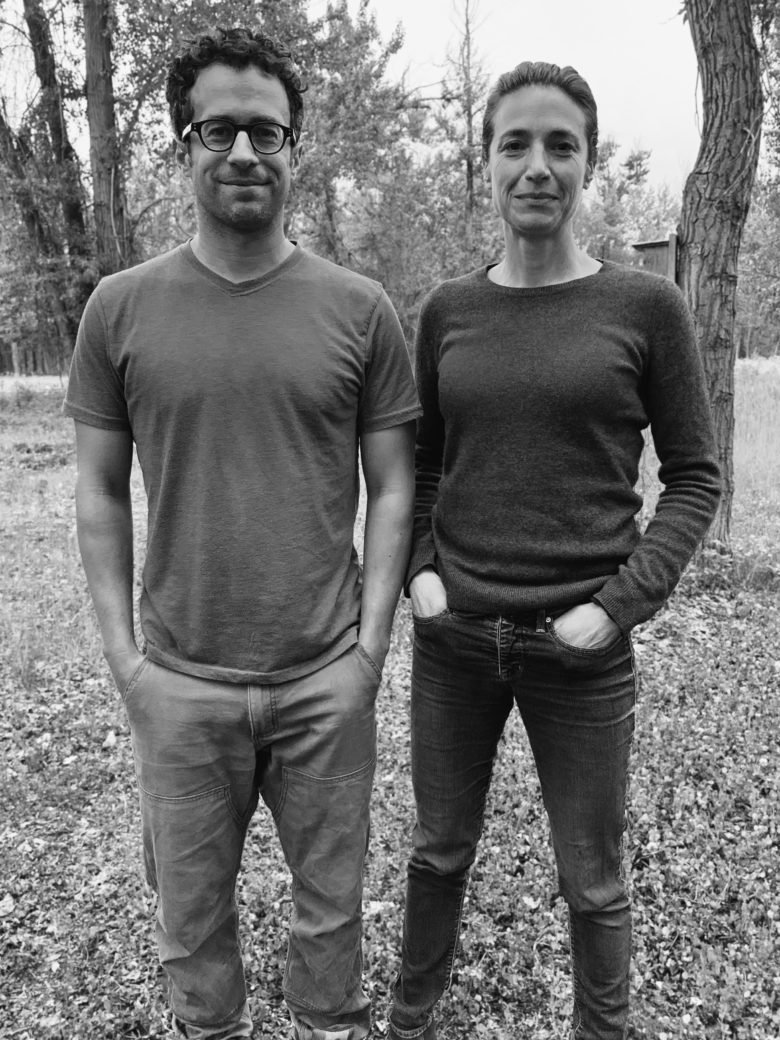
The collaboration is the result of a friendship that began 20 years ago, when Berns (who is the younger brother of Winthrop resident Sarah Berns) began dating Joyce’s childhood best friend, the entrepreneur and calligrapher Mara Zepeda. Although Joyce and Berns did not instantly envision a shared project in the future, Joyce says she always appreciated Berns’ “wide, inquisitive mind” and saw lots of “creative overlap” between her profession as a photographer and his as a renaissance historian.
Joyce initiated the project as a way of reckoning with photographs she took while traveling in Chile as a 19-year-old in the late 1990s.
“I was drawn to Chile even as a child; I’d had a dream to visit there since I was 16 years old,” she says. “It was a photographic journey for me, but I didn’t know what to do with all the images I took. I didn’t have the maturity to really see them–I was stuck, I would edit them through the lens of photographers like Henri Cartier-Bresson or Helen Levitt . I really had to wait all this time to find a structure that allowed the photographs to be free .”
When Joyce’s partner suggested that the couple take a trip to Chile, Joyce knew that she wanted to do something with the photographs before she returned to the country. “I knew I needed to melt that big block of ice I’d put around the images.”
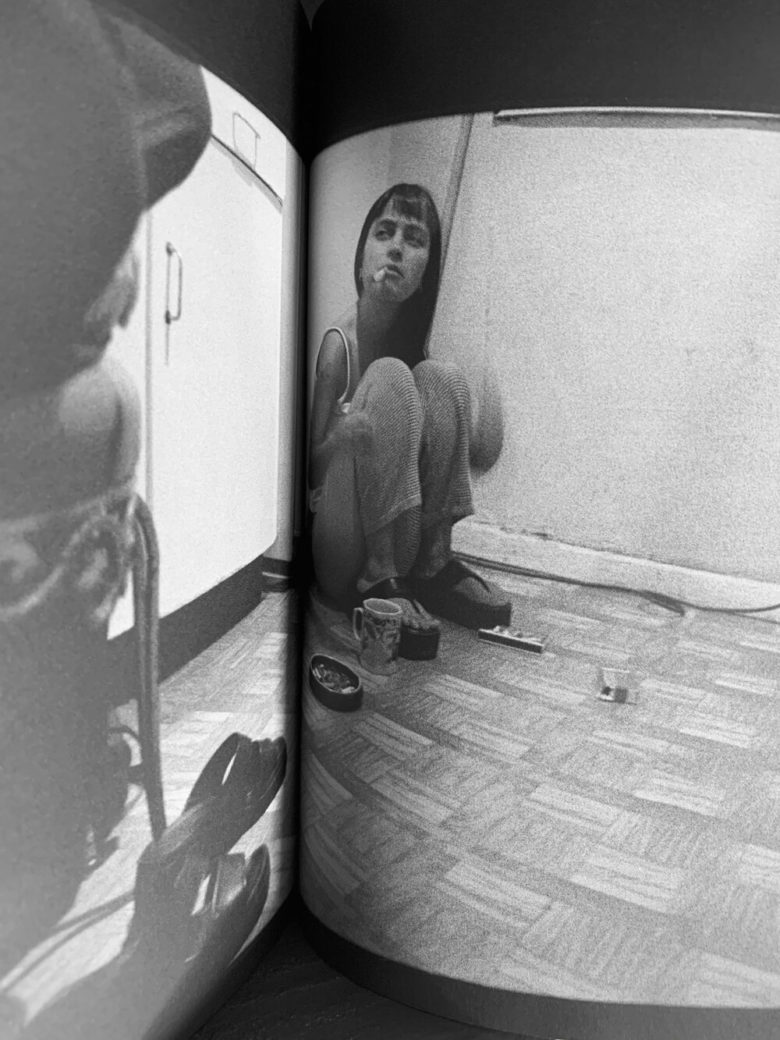
As Joyce contemplated her photographs, she explored the pairing of myths and photographs, discovering a “rich world between [Ovid’s] poem and the images.” Joyce initially used an Allen Mandelbaum translation of Metamorphoses to pair images with myths, but one day last summer she was talking about the project with Zepeda, who mentioned that her husband, Berns, was “reading Metamorphoses, in Latin, for fun.” (Zepeda lovingly refers to her husband’s passions as “High Nerdery.”) Bam! An idea was born, and soon Joyce contacted Berns to request an original translation.
For Berns, the collaboration was a new experience. “As a professor I do a lot of research on my own,” he says. “It was delightful to have the opportunity to collaborate. I’m not used to working with artists; she’s not used to working with history professors. It was wonderful to learn from her and see the world through her eyes.”
Berns says that he tried to make his translation of the myths “very accessible in plain English,” without a “highfalutin tone.” He explains that about half of the English language comes from French, which is Latinate, and tends to sound more pretentious. So Berns used Anglo-Saxon words whenever possible (ie, “house,” which is Germanic, versus “mansion,” which is Latinate) to write in “an accessible, flinty, plainspoken way.”
“An absolutely beautiful exploration of the meaning of myth in everyday life…a hypnotic and weirdly un-put-downable series of narratives”
~ Amazon.com book review
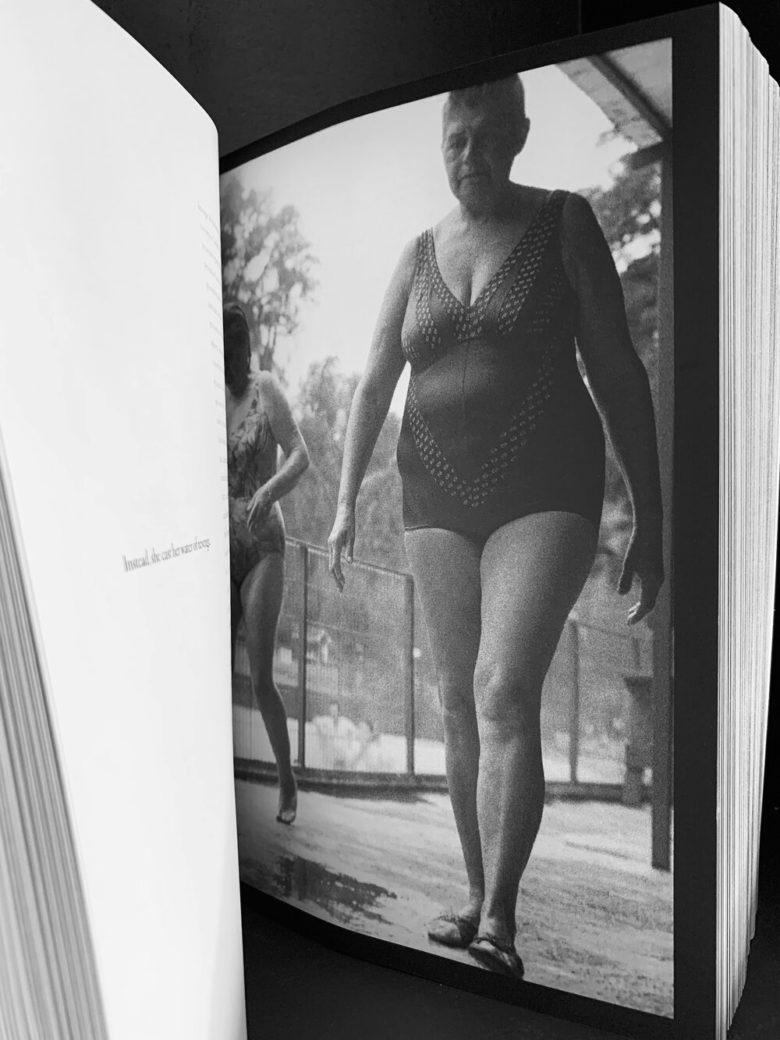
Of the concept itself–juxtaposing black and white images against 2000-year-old narrative poetry–Berns reassures the common reader that it’s not as highfalutin as it might appear. The text is myths, he reminds us, which are alive and integrated into almost every aspect of modern culture. “In antiquity and the Middle Ages,” Berns says, “everybody knew these myths. There’s something traditionally democratic–small ‘d’–about these myths.”
The myths highlighted are neither esoteric nor obscure; many will be familiar to westerners, from other references in popular culture: Icarus, Theseus, the Minotaur, Midas. For Joyce, who doesn’t have a background in the western classical mythology and is interested in the myths as stories, the photographs are “a way back into these myths.” The book “opens up the relationship between language and imagery,” she says. “It’s about the experience of seeing. The language gives access to the photographs, and the photographs provide access to the myths.”
The book introduces unexpected pairings of myth and image. Diana, goddess of the hunt, for example, is represented as an older woman. “In the photos everyone takes on everyday, humble images,” Berns says. “People are used to assimilating gods in everyday people. It’s less of a stretch to imagine regular humans embodying a heroine or a villain.”
“This book leaves one with a richer sense of labor, leisure, love, death, family, fraternity, sorrow, joy, nostalgia, and all the changes that make every human moment novel, fleeting, and meaningful.”
~ Amazon book review
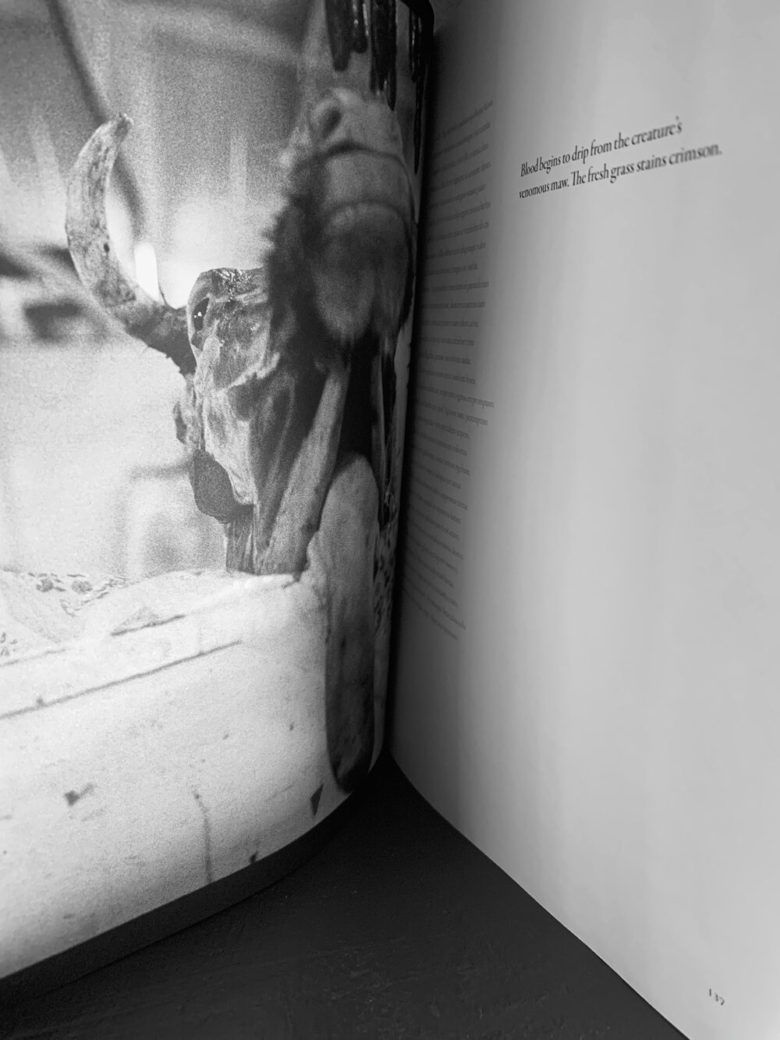
Berns’ translation process involved first examining the images that Joyce planned to include in the book and then working with the lines she had designated for translation. It was Berns’ first time translating with reference to visual work and it was, he admits, “a little bit scary.” Anyone with a classical background in academia, Berns says, is trained to be precise. But “one of the gifts with Kate was she would really draw me away from precise meaning if I could do her images more service with a more figurative or representative translation,” he says. “I had such a sense of liberation and joy to use language in dialogue with a friend and visual artist while trying to stay faithful to the poet.”
Berns, who relocated to the Methow Valley for his sabbatical in 2020, says that his work on Metamorphoses was informed significantly by the physical environment he occupied during the project. “Mara and I were renting a place along Lake Creek, which comes out of Pearrygin Lake. I’d go down to the creek and immerse myself in it on those hot August days and smoky times in September,” he says. “There’s a lot in Ovid’s work about nymphs and things that happen on riverbanks. I’d think about Ovid’s world, and about Kate’s photos, and about the project. Immersing myself in the natural beauty of the Methow Valley helped me access Ovid’s rural bucolic settings in the myths.”
Although Joyce’s work on the book was well underway before COVID-19 –it wasn’t a project undertaken in response to the pandemic–both authors acknowledge that the pandemic is, to some degree, linked to their work. “For me, the pandemic brought me into a physical place that deepened my appreciation for Ovid,” Berns says. “I feel deep gratitude to this place, and to its residents for making Mara and me feel welcome.”
For Joyce, the project’s pandemic timeline is a reminder that Ovid finished writing his Metamorphoses while he was in exile–allegedly for publishing scandalous writing. “During the pandemic,” Joyce says, “we have all been in a certain kind of exile. Our lives have changed in so many ways.”
DATE: Tue, June 15, 2021 from 4:30-6pm. LOCATION: The Mind Buffet, 158B Riverside Drive in Winthrop (between Aspen Grove and French Quail). EVENT: discussion, reading, signing, snacks and drinks. ADMISSION: Free. COVID: Masks required if not vaccinated. MORE INFO: 617-459-5617, themindbuffet@gmail.com